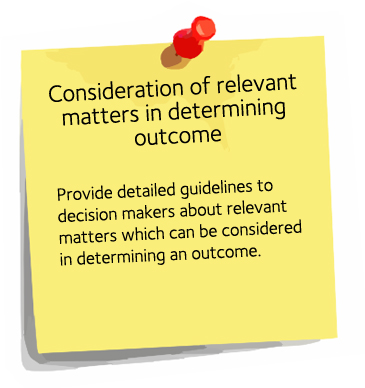Topic outline
-
Students' academic integrity breaches do not occur “in some atemporal ether” (Howard 1999, p. 164). An Academic Integrity Decision-Maker needs to take into account the extent of the plagiarism, the student’s intention and/or motivation, the conventions of the discipline, the student’s knowledge of academic conventions and the impact of the outcome on the student’s progression. Other contextual factors such as the student’s learning background, their level in the academic program and any other previous breaches, may also need to be taken into account (Bretag 2008, p. 4). Each case should be decided on its individual merits and without bias or pre-judgement.
Examples: University of South Australia , and La Trobe University.
References:
Bretag, T. (2008) Responding to plagiarism: The need to engage with students’ ‘real lives’, paper presented in the refereed stream of the ATN Assessment Conference: Engaging students in assessment, University of South Australia, 20-21 November.
Howard, R.M. (1999). Standing in the shadow of giants: Plagiarists, authors and collaborators. Volume 2,Perspectives on writing: Theory, Research and Practice, Ablex Publishing Corporation, Stamford, Connecticut.
